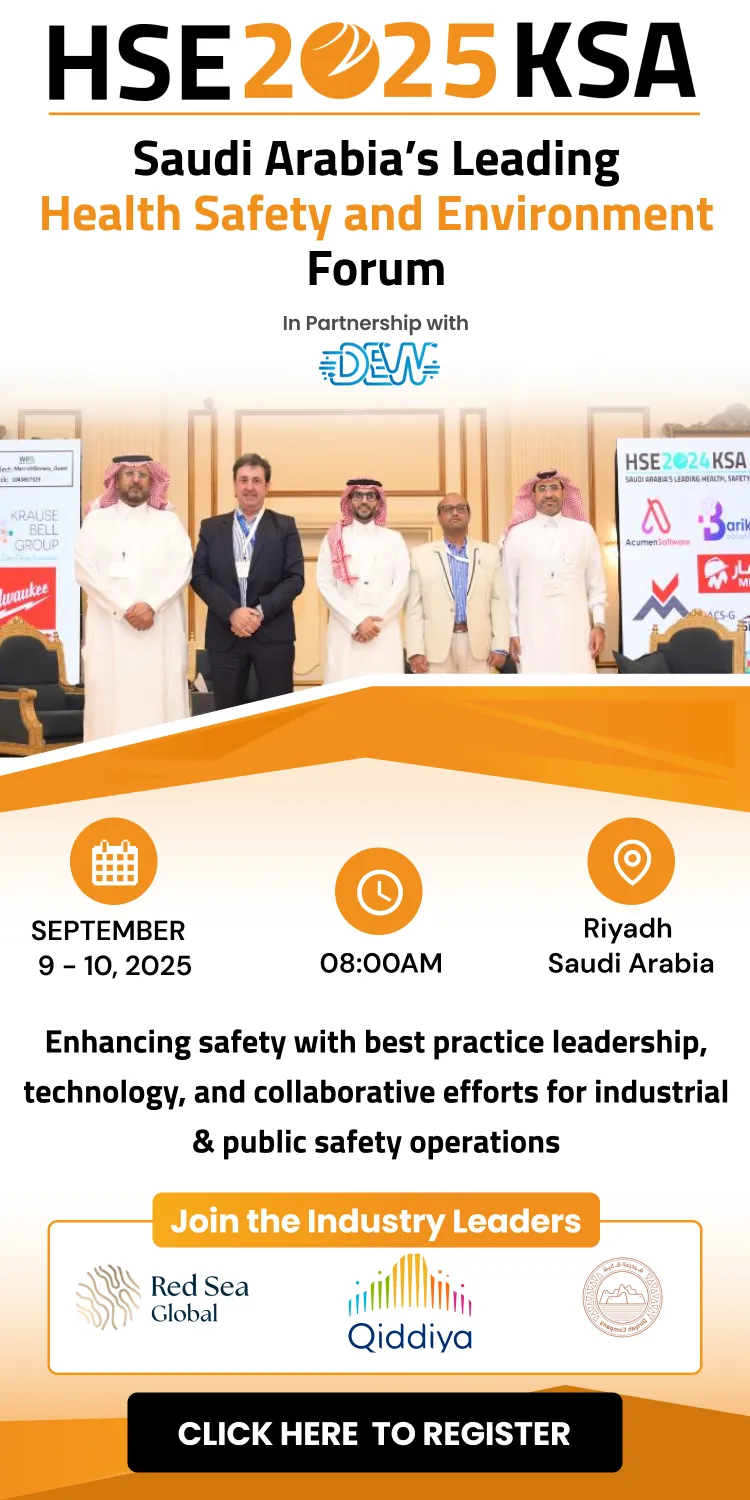A record number of exhibitors representing 61 countries have participated in the 26th edition of Intersec, the largest business event in the world that maps the future of security, safety, and fire protection.
The largest edition of the event took up 61,000 sq m of space at the Dubai World Trade Centre (DWTC), a 20% increase from the previous year.
Under the auspices of His Highness Sheikh Mansoor Bin Mohammed bin Rashid Al Maktoum, the event, which ended last month, drew 47,300 visitors from 142 countries and featured state-of-the-art technologies and vital solutions in five major areas: Homeland Security & Policing, Cyber Security, Safety & Health, Fire & Rescue, and Commercial & Perimeter Security. The show's theme was "Mapping the Future of Security, Safety, and Fire Protection."
Among the new features this year was the successful opening of the two-day Intersec Policing Conference, which brought together more than fifty knowledgeable speakers. Discussions covered a wide range of subjects, including the future of road safety, proactive and productive policing, strategic automation in policing, drone operations, and quantum-led crime. Senior law enforcement officials from the Abu Dhabi Police, INTERPOL, the Metropolitan Police, and the UAE Financial Intelligence Unit were among them.
The top Chief Information Security Officers (CISO) in the area were also invited to the CISO Business Briefing, which was successfully launched while examining the main information security trends, threats, and opportunities. The opening keynote speaker was H.E. Dr. Mohamed Al Kuwaiti, Head of Cybersecurity, UAE Government.
The annual awards
The exhibition's ground-breaking collaboration with Ignyte, which resulted in the opening of the Intersec Startup Arena, was another first. It gave startups a chance to present their innovative ideas and solutions to a group of government officials, business executives, and elite investors, opening doors for them to secure investment, mentorship, and strategic alliances.
ASIS International, Firestop Contractors International Association (FCIA), Gallagher, Sharjah Civil Defence, NAFFCO, Abu Dhabi Civil Defence, Nordon, Saudi Sicli, and UXE Security Solutions were among the companies that signed Memorandums of Understanding (MoUs) during the three-day event held by Intersec 2025.
Several industry leaders were honoured at the 4th annual Intersec Awards, which honour people, groups, and organisations for establishing new benchmarks for excellence in vital sectors.
Winners on the evening included Dubai Civil Defense, NAFFCO, Dubai Municipality, Ministry of Interior, Emirates Safety Laboratory LLC, and the Telecommunications and Digital Government Regulatory Authority (TDRA).
Wajahat Hussain, show manager, Messe Frankfurt Middle East, said, “The team and I are thrilled to have welcomed an unprecedented gathering of industry professionals from around the world. Intersec has once again proven to be the premier platform where global leaders, innovators, and experts converge to exchange knowledge, forge partnerships, and explore cutting-edge advancements that are shaping the future of safety, security, and fire protection.
“Surpassing previous exhibitor records is a testament to Intersec’s growing influence and its pivotal role in driving forward-thinking solutions for a safer, more secure world. This milestone underscores our commitment to fostering collaboration, showcasing pioneering technologies, and setting new benchmarks for excellence in this critically important industry.”
Intersec 2026 will take place from 12 – 14 January 2026 at the Dubai World Trade Centre.










